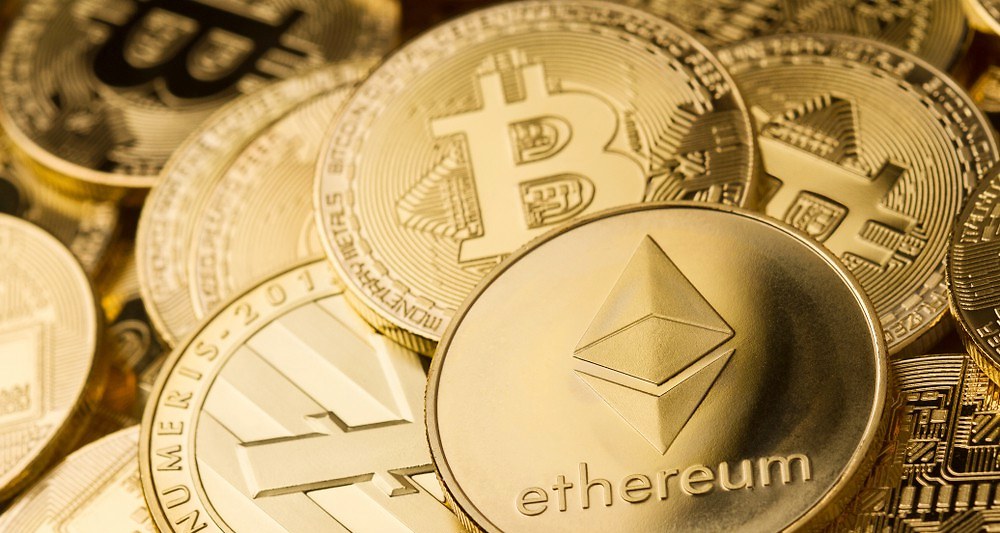
Are bitcoins and other cryptocurrencies real currencies? They are essentially a product of a utopian world in which money would no longer be national but universal, valid in all countries and for everyone, and able to be transferred completely securely and without cost.
This currency would require no intermediaries and its value could not be manipulated by governments or central banks. It would be subject to private, decentralised management. It would guarantee the anonymity of transactions and its guardian would not be a central bank but an algorithm, supposedly infallible. In short, a form of anarcho-capitalism.
In the 1970s Friedrich Hayek and the Austrian school advocated the denationalisation of money by doing away with “the monopoly of government supplying money and to allow private enterprise to supply the public”. In some ways, the development of cryptocurrencies could be fulfilling this wish.
Gold as a counterparty
The first banking currencies were issued in quantities that were necessarily multiples of bank assets in precious metals, gold and silver. They circulated and were regulated freely by supply and demand, without state or centralised intervention.
The currency was subsequently issued not as a proportion of assets in gold or silver but consistent with the development of the economy. Money is thus created from credit. And loans make deposits. In other words, it is still the banks that create money.
This system is supervised by an institutional authority, the central bank, as there is no longer a self-regulation mechanism based on the convertibility of each currency into gold or silver.
Central banks were created following the serious financial crises of the late 19th century and the repeated bankruptcies of banks issuing money backed by gold or precious metals. By harmonising the currency sector and playing the role of lender of last resort, central banks created the possibility of stability and demonstrated the usefulness of institutions and rules.
Hyperspeculative assets
Cryptocurrencies have no counterparty, be it gold or silver, or the needs of the economy, since they are issued by private individuals according to arbitrarily set rules. Consequently, we are seeing a huge increase in private “currencies”, today totalling over 1,600! It is fairly clear that if everyone can create “currencies” from scratch, none of these currencies can earn the universal trust necessary to acquire the true status of currency.
Furthermore, if the economic system were to rely solely on these private currencies with no constraints on issuance, then it would quite simply no longer work, as there would no longer be any monetary constraints.
Rather than currencies, then, cryptocurrencies are financial assets at best. And for all the reasons set out above, their value is extremely unstable. A dip in confidence is enough to trigger a drastic slide in their value. Conversely, when their value rises, more and more people buy them, pushing up their price with no apparent limit and “in a vacuum”. This leads to speculative bubbles that may burst at any moment.
Cryptocurrencies at heart are hyperspeculative assets, as created by the financial world from time to time when it completely loses sight of the real economy.
That said, while these pseudo-currencies do not contribute to the common good (in the words of Jean Tirole), the encryption technology on which they are based, i.e. the blockchain, undoubtedly has a bright future and initial coin offerings (ICOs), under extremely strict conditions, are a project-financing method that broadens the range of possibilities. These last should not be confused with cryptocurrencies themselves, which are merely the product of a potentially dangerous utopia.
Please find my point of view, published in Les Echos “The arnacho-capitalist utopia of cryptocurrencies”
